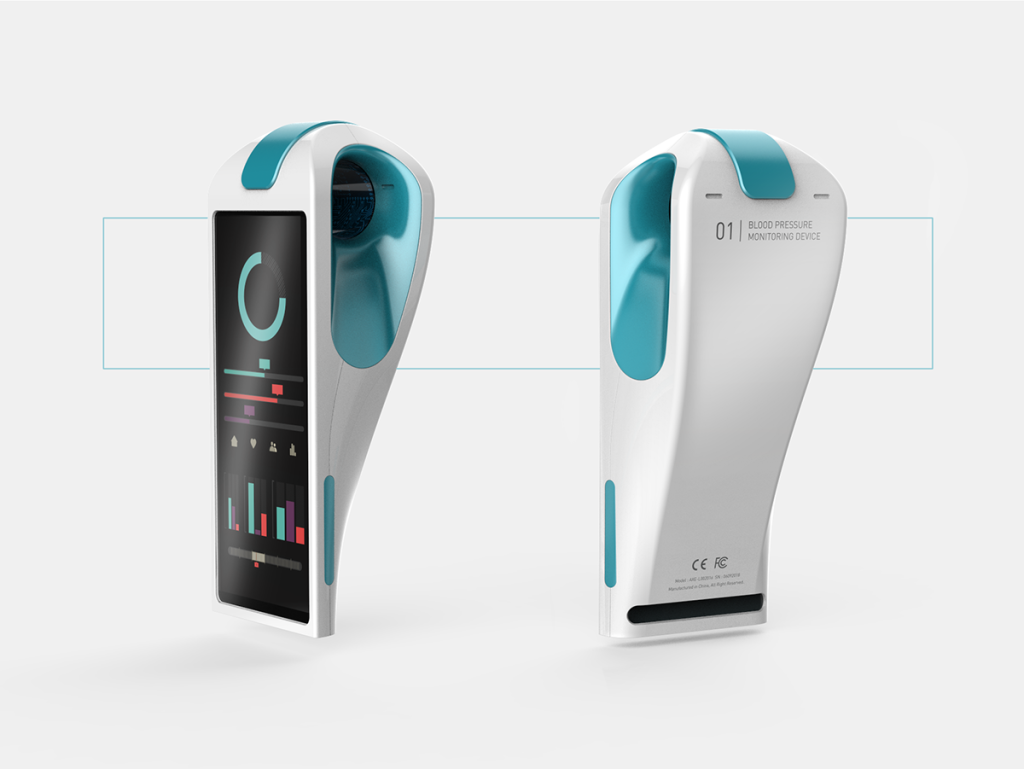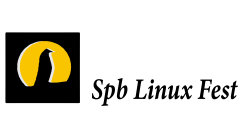Medical unit style is a multifaceted procedure that involves the creation of revolutionary methods and systems to analyze, monitor, and address medical conditions. It encompasses a wide selection of disciplines, including executive, biomedical research, human facets, and regulatory affairs. At their primary, medical device style aims to improve individual outcomes, increase healthcare supply, and improve medical knowledge.
The process of medical device design typically begins with distinguishing unmet clinical needs and options for innovation. This may require completing industry research, consulting healthcare specialists, and collecting feedback from individuals to know the difficulties and requirements of the target population. By getting ideas into person wants and choices, manufacturers can build answers that handle real-world healthcare challenges.
Once the look objectives are established, the next phase is notion development and prototyping. Developers use a number of tools and methods, such as CAD application and 3D making, to produce prototypes and iterate on design concepts. Prototyping allows makers to test the performance, functionality, and security of the device in a managed environment, allowing them to refine the style and address any issues that arise.
Human facets and ergonomics perform an essential position in medical system style, as devices must certanly be instinctive and user-friendly for healthcare experts and people alike. Manufacturers contemplate factors such as unit measurement, form, and software style to improve simplicity and decrease the risk of mistakes or misuse. Usability testing and user feedback are integral areas of the look method, ensuring that devices meet the wants of end-users and could be efficiently incorporated into medical workflows.
Through the style process, designers must navigate regulatory requirements and requirements to make certain submission with relevant regulations and regulations. This may involve conducting chance assessments, taking design regulates, and preparing regulatory submissions for acceptance from regulatory agencies such as the FDA or CE Noticing for the European market. Submission with regulatory needs is vital to guarantee the safety and efficiency of medical units and help market access.
In addition to conference regulatory demands, medical device makers must consider facets such as cost-effectiveness, scalability, and manufacturability. Style conclusions must stability the competing requirements of efficiency, cost, and manufacturability to create devices which are equally modern and commercially viable. Venture with production associates early in the design process can help streamline creation and enhance the production process.
The area of medical device style is constantly growing, driven by developments in engineering, improvements in healthcare delivery, and shifts in individual wants and preferences. Emerging traits in medical product design range from the integration of synthetic industrial design companies, the utilization of wearable and implantable technologies, and the development of distant tracking and telehealth solutions. These innovations have the potential to revolutionize healthcare supply and increase individual outcomes across a wide variety of medical specialties.
To conclude, medical system style is a complex and dynamic area that requires a multidisciplinary method and a strong understanding of healthcare issues and opportunities. By leveraging technology, human facets, and regulatory experience, medical product designers can cause innovative answers which have the possible to convert individual attention and advance medical science.

